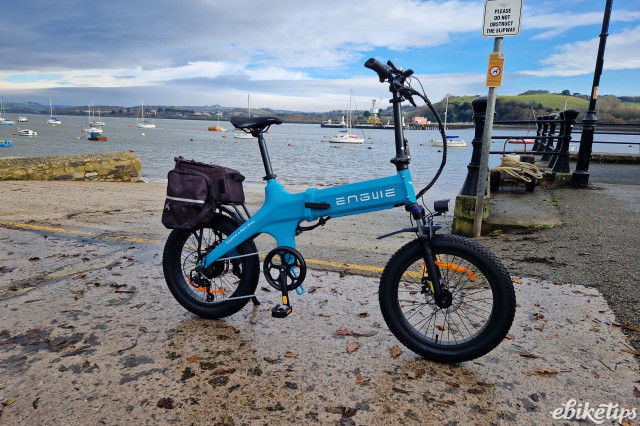The Dutch could be on track to get their own super-fast e-bike freeway, allowing commuters to travel the 30km between Groningen, Haren, Assen and Tynaarlo faster than ever before under (mostly) their own steam.
E-bikes are increasingly popular in Holland, and with S-Pedelec bikes capable of speeds up to 45 kmph city authorities are looking at ways to exploit their use for intercity transport.
Henk Brink, a deputy from Drenthe, told Die Krant van Midden-Drenthe, “New rapid cycle infrastructure could be a nice addition to all measures that we have already taken in the field of cycling and accessibility in the Groningen-Assen region.”
The new paths could include features like sensors, alternative power generation, self-healing pavement and asphalt that glows in the dark.
In northern Holland, an energy-generating cycle path recently opened, a road that converts sunlight into electricity in the town of Krommenie, 25 kilometres from Amsterdam.
It’s another major innovation in road surfaces coming from the Netherlands this week, the other being glow-in-the-dark road markings. Called SolaRoad, the pilot installation is 70 metres in length – by 2016, it will have been extended to 100 metres – and comprises modules measuring 2.5 metres by 3.5 metres.
Those in one direction of travel have solar panels beneath a 1 centimetre thick layer of tempered glass, said to be able to withstand the weight of a lorry. The modules in the other direction don’t have the solar panels, and are being used to test a variety of surfaces. But the Dutch are not the first to embrace high speed intercity bike travel.
road.cc recently reported how the Belgian province of East Flanders says it is prioritising the development of an extensive network of ‘cycle highways’ that will link towns and cities across the region to encourage people to switch to two wheels by providing safe and quick routes to shops, schools and workplaces.
Using a mixture of existing cycle routes, some of which will be upgraded, plus new ones to provide links where those are currently missing, the highways will be at least three metres wide with a design speed of 30 kilometres an hour, and are aimed at people undertaking trips of between 5 and 20 kilometres.
They will have uniform signage and lighting where appropriate, and the intention is to make them as straight and flat and free from conflict with other road users wherever possible, including secure junctions, says the government of the province, which is home to just under 1.5 million people.
Peter Hertog, responsible for mobility in the province’s government, the Deputatie, said: “At the moment many cyclists experience their routes to work, school, the supermarket, the station or even to visit friends as unsafe, uncomfortable, or with too many detours.
"We want to change that with the construction of this bike highways," he continued, adding that the overarching aim is to increase the functionality of using bikes to get around.
"The vast majority of our daily trips are perfect for bicycles,” he said. “Electric bicycles mean even more sites can be reached within a shorter time.
“On a bicycle highway, it is possible to travel safely and comfortably from say Deinze, Lokeren or Wetteren to Ghent in half an hour."





